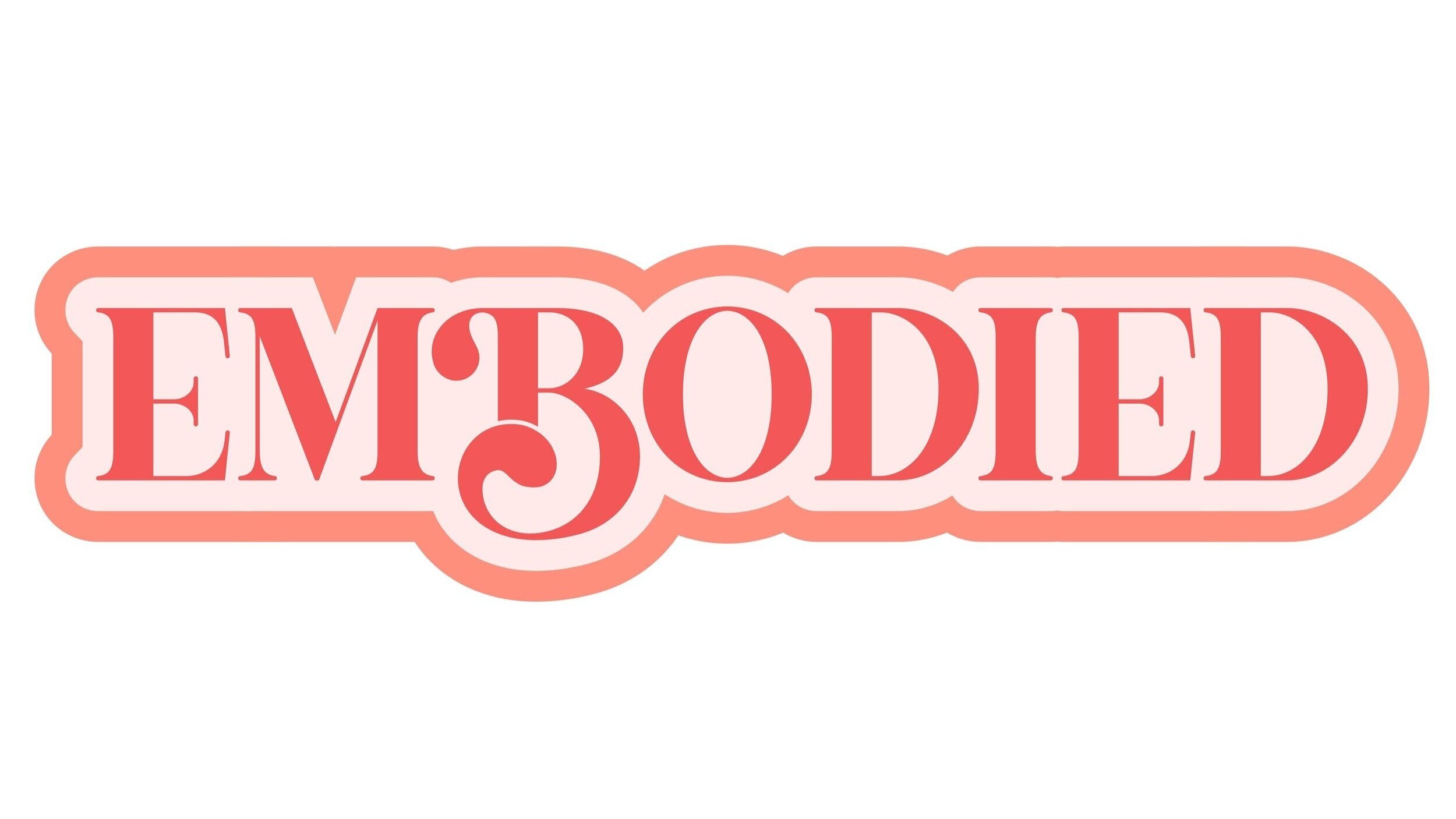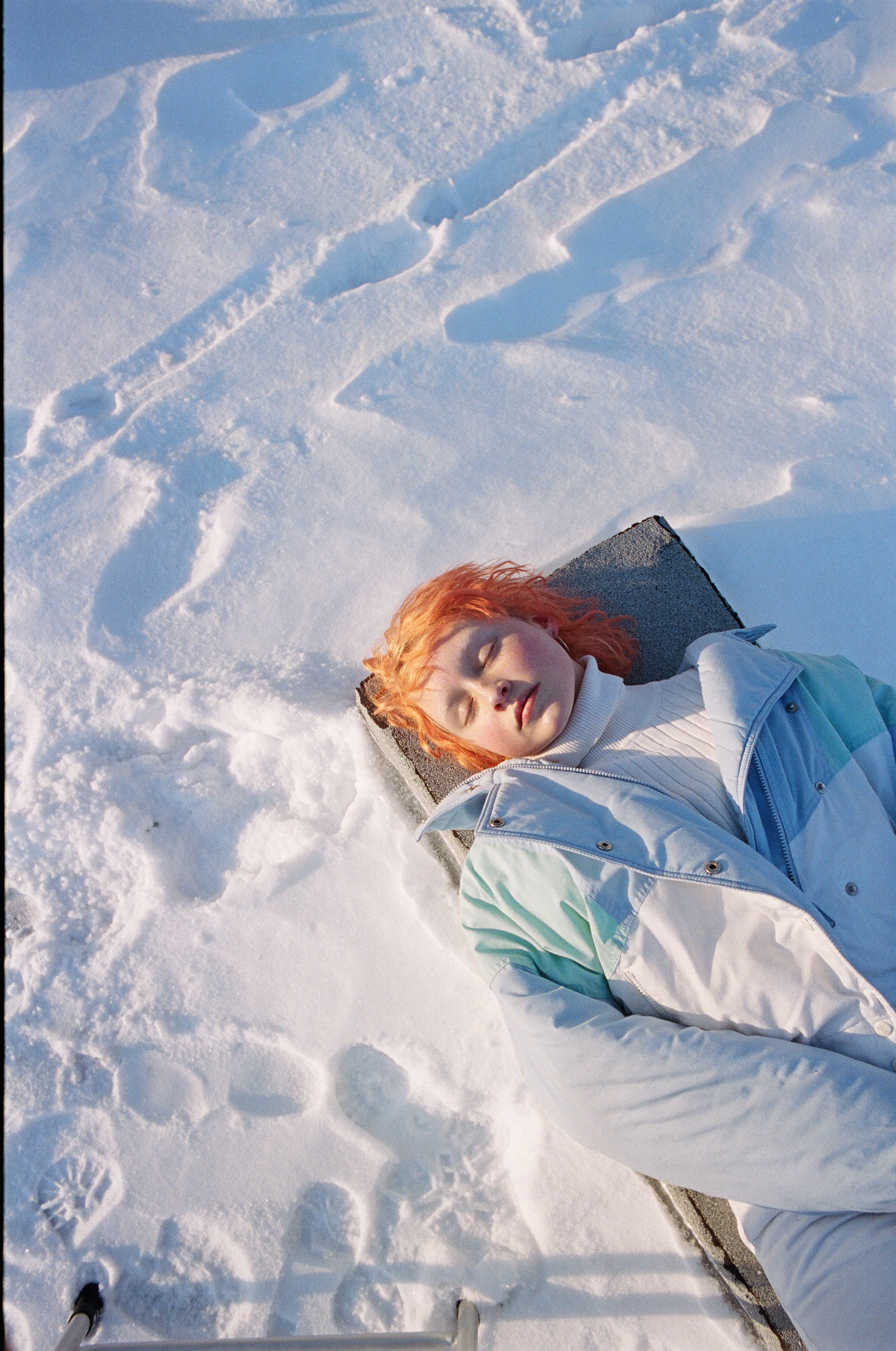Sabrina Santiago
by Embodied Writers
Photo via Sabrina Santiago
Sabrina Santiago is inspired by New York City, but not in the way you’d expect. After starting school at Gallatin, we came to learn that it was not the exciting hustle of the city that continued to catch her eye but the exciting opportunity to view mundanities of the city day in and day out from a multiplicity of perspectives. We sat down with the photographer to discuss her inspirations, whether in New York or Sydney, Australia, and the merits of being a photographer and artist in the age of Instagram.
Embodied: Can you tell us about your background, where you grew up and what ultimately brought you to New York?
Sabrina: I always knew I wanted to be here [New York] and I’ve always known I’ve wanted to do something creative. I interned in high school for a stylist and I got on the train every day after school. NYU has always been my number one, I’ve always kind of known that. I applied to a few schools in California which was kind of like a pipeline dream, but I knew that I wanted to be in New York, especially for photography: street photography, castings, everything is here so it just makes sense.
How does living in New York impact your process as an artist as well as your work? Is there an evolution that you can see between your work as an artist before and after you moved to NY?
Definitely. I also lived in Sydney for 8 months and I think when I came back that was the biggest push of work I’ve ever had for myself. I think the idea of thinking of New York everyday...and then coming back here and being like--okay, now I can actually do these things I’ve been thinking about for 8 months. I think taking myself out of the city actually made me so much stronger. When I got back I put more work out within the first month of getting back than I had the entire time I was in Sydney.
[And in New York,] the idea of just walking, I take the same walk every day; you pass things but you notice things differently every day. The light in the city is always amazing at different times and I feel like I’m always thinking about lighting and different backgrounds, and in the city you pass different things each day.
Can you describe your aesthetic and process?
I try to capture people the way I naturally envision them and think that their personality or characteristics or traits pop out to me, so I don’t know if I’d describe that as an aesthetic. I think it’s limiting to say that this is my aesthetic. I just kind of gravitate towards things and people naturally.
So would you say your process is more organic?
Definitely. Sometimes I know I want to photograph someone but I won’t reach out to them for two or three months because something that has to click within myself before I can ask them. I feel like I have to feel like it makes sense for them too.
You shoot film and digital photography, but also Super 8. Do you have a favorite medium?
I actually don’t shoot digital anymore, I’m only shooting film, primarily because I like the process better. Super 8 is kind of a fun thing I’ve been doing for myself. I think when you can picture what the photo looks like in your mind without being able to actually see it, there’s more room for experimentation and all of that good stuff.
Being a student at Gallatin can you explain a bit about your concentration and how your studies have influenced your art?
My concentration is fashion, media, photography and identity, so talking about how photography and fashion have ways of being signifiers of identity but then subjects or the photographers or the people who use those mediums without even knowing it. I feel like I’m now in this mindset where when I’m thinking about things in class it naturally comes up in my work. I’m excited to do my colloquium too. This is the stuff you should be excited about doing.
You were recently chosen as one of the artists to be featured in the Polaroid #NewOriginal campaign that focused on the revival of the analog technique. What do you love about film photography as the medium of your work?
The fact that naturally in Polaroids, there is an emulsion that you can’t create on a digital picture. I can put myself in the idea of actually making the image in the darkroom, which is just the most visceral thing that I can even think of. Just making a picture and seeing it come to life is wild. It makes it more of a process, like ceramics or painting. Photography sometimes has that easy connotation to it but I think analog makes it more of a complex thing, and you feel more satisfied. I develop all of my own black and white. I would love to develop my own color at some point.
You are not only an artist but also the co-founder of VISCERAL8. Can you tell us a little bit about the selection process for choosing the types of artists and voices you want to highlight?
So, VISCERAL8, we pick one word every two months, and artists from every kind of individual discipline can submit their own interpretation of said word. We actually reach out to artists all the time--that’s my favorite thing to do, is just go on Instagram and scroll and it’s amazing. We reach out to artists and we get a lot of submissions via email, but I actually reach out to 20 or 30 artists for each word that I’ve been thinking about.
What are your thoughts on the Instagram age and how that affects your photography, or photography as an artform in general?
I get a lot of jobs because people say that they’ve found my Instagram. It’s amazing for artists, I don’t think I would have been noticed by a lot of different people if it wasn’t for Instagram. That being said, I hope Instagram kind of slowly fades out so then it becomes only photographers, which I’m hoping will somehow happen. But, I guess it’s great because people are using photography more than they ever have. I think that if people can use photography everyday and love it, then there’s no harm to it. But, I think I have mixed feelings. Personally, I think it’s great for artists. People are being discovered all the time.
Quick Fire:
Favorite camera to shoot with?
My dad’s Yashica camera
Emoji of choice?
Tulip
If you could live in another decade, which would you choose?
70s
Most prized possession?
My mom and dad’s old scrapbook that they gave me of honeymoon photos
Can’t Leave Your Apartment Without:
Chapstick
Go-To Song:
Shuggie Otis Sweet Thang
Publication You’re Always Reading:
The New York Times
Subway Train You’re Always Taking:
L
Originally published 03/09/18






